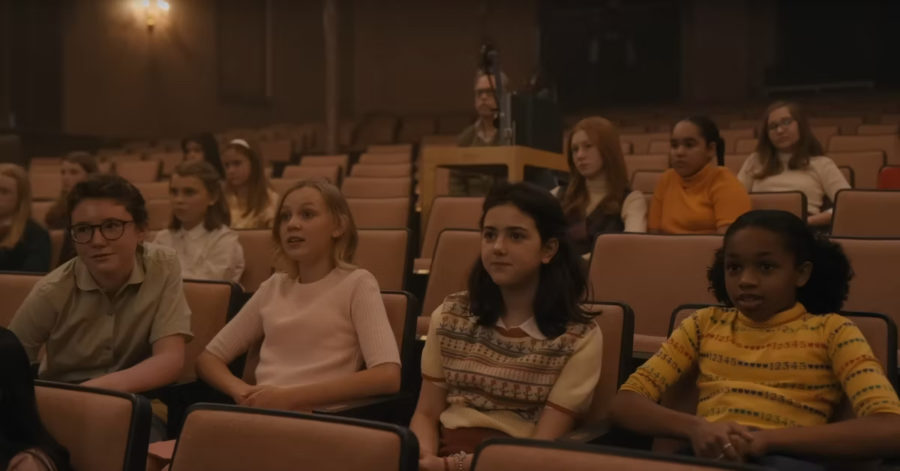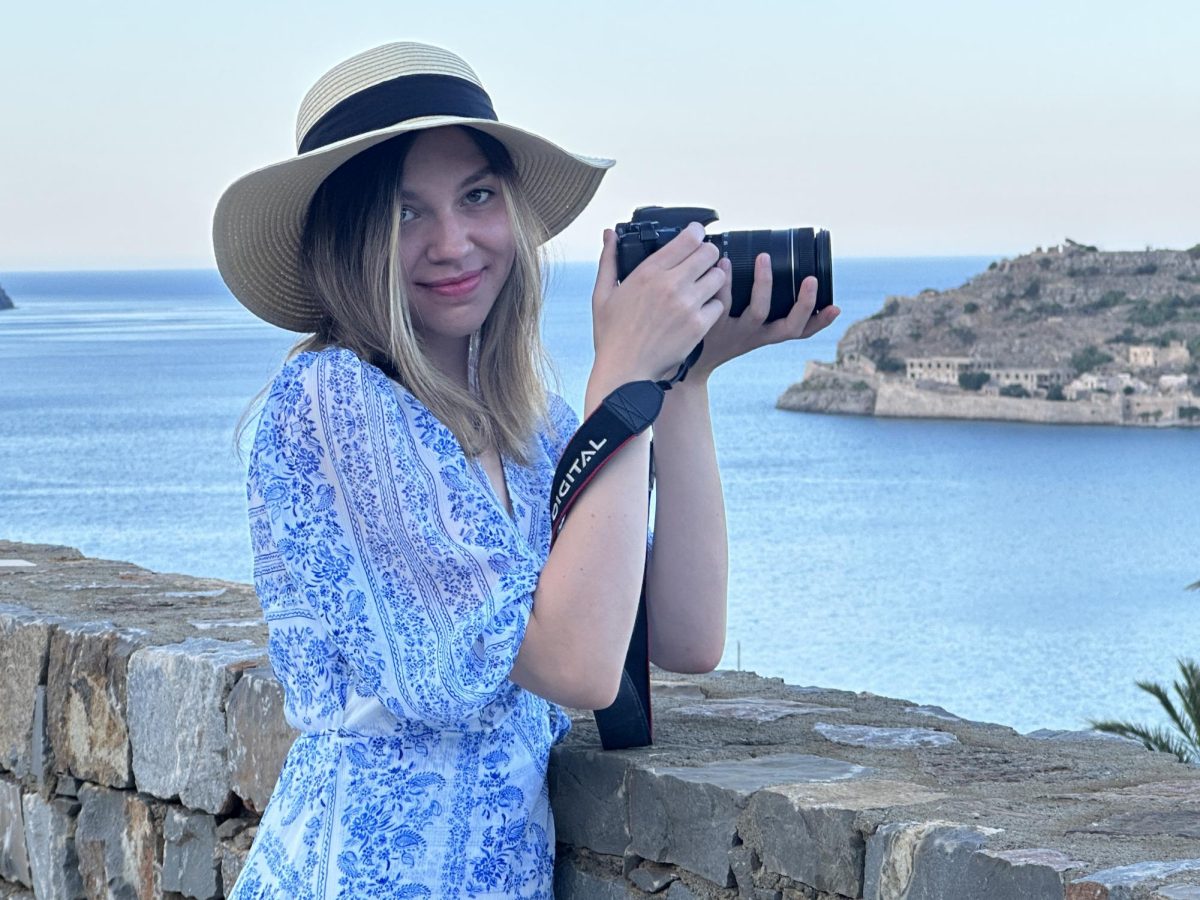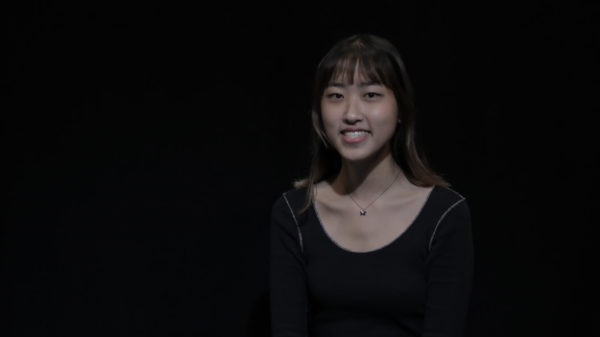The age gap between Elvis Presley, the ‘king of rock and roll,’ and his wife Priscilla Presley is not unheard of. With the release of “Priscilla” on Oct. 27, the film highlights the relationship between the two through their beginning, flaws, and their eventual end.
Director Sofia Coppola based this film on the 1985 memoir, “Elvis and Me,” written by Priscilla Presley. This story begins in 1959, located on an air force base in West Germany. Priscilla and Elvis meet for the first time at a party hosted by Elvis and soon after their first interaction, it’s shown that the two get to know each other through dates and soon enter a relationship.
With Elvis being Priscilla’s senior by 10 years, it’s no surprise that her parents displayed disapproval of the relationship. Coppola skillfully established the relationship’s effect on the characters. Scenes between Priscilla and her mother discussed how Elvis could, and should, be dating someone around his age. When Elvis moved back to the United States to pursue his career, he went months without contacting Priscilla. While this hurt Priscilla, her mother found it another reason to be unsupportive of the relationship. Priscilla’s father also had scenes interacting with Elvis and setting boundaries, such as curfew and his expectations, but always resulted in approving Elvis.
Soon after Elvis moved back to the U.S., Priscilla wanted to follow him as well. Surprisingly, her parents approved of this and allowed her to visit Elvis. From here, Priscilla developed a deeper attachment. Later in the film, she moves in with him while still finishing high school. Eventually, the two got married when Priscilla was 21 years old.
“Priscilla” displays the power dynamic between the couple in different ways, a common way being subtle symbolism. The casting decisions helped present this. Cailee Spaeny played the role of Priscilla, standing at 5-foot-1. Towering over Spaeny, Jacob Elordi is casted as Elvis and is 6-foot-5.
At first glance, this may seem like something other than a choice made on purpose. This analogy of height and power exhibits Elvis’ character. He dictates and controls Priscilla’s actions and the way she presents herself. There are multiple scenes where Elvis tells Priscilla to change her outfit, and chooses her clothing.
A significant change in Priscilla’s character was through her makeup style, which was influenced by Elvis. Though the 1960’s era and relevant fashion trends may have taken a part in Priscilla’s change in appearance, the film focuses on how Elvis would modify her looks. Priscilla, following Elvis’ preferences, altered herself from a softer, innocent look into bolder and darker features. She was often seen with buoyant, poofy hair paired with dark eye makeup. Watching the scenes where Priscilla completely adopted Elvis’ desired hairstyles, makeup, and clothing choices was difficult, but it showed the will and care she had for him.
The cinematography in “Priscilla” plays a large role in conveying the different emotions throughout the film. The beginning act, set in West Germany, contains scenes mainly composed with browns and muted colors. When Priscilla travels, and eventually moves, to Tennessee, Priscilla’s color palette brightens up. Her life is portrayed with more pastel colors, including Elvis’ home setting and her wardrobe.
This is continued leading up to the end of the film. By this point, Elvis and Priscilla have been growing apart. Elvis is constantly away from home and his family due to his tours. A strain is put on their relationship, especially with rumors being spread of Elvis being in relationships with his co-stars.
Priscilla liberates herself from Elvis by asking for a divorce. This is a shift in power, where Priscilla takes control of her own life. By leaving Elvis, Priscilla takes back what she has been missing for multiple years in her failing marriage. Though the ending seemed rushed, it still portrays the dynamic between the two individuals in some way. The first portion of Priscilla’s life after meeting Elvis seemed to go into greater detail. The memoir Priscilla wrote cuts to the end in an identical way, which resulted in the movie ending abruptly as well. But, it would have been nice to see Priscilla’s life after Elvis and how she has developed as a person since then.
“Priscilla” certainly accomplishes the goal of showcasing Priscilla’s perspective. Although criticisms may surface that this film perpetrates Elvis as a “bad guy,” it is interesting to have coverage on multiple viewpoints of fame.
Rating: 7/10


![Reaching out. Christopher Lesh, student at Central Catholic High School, serves ice cream during the event on March 2, 2025, at the Portland waterfront. Central Catholic was just one of the schools that sent student volunteers out to cook, prepare, dish, and serve food. Interact club’s co-president Rachel Gerber, junior, plated the food during the event. “I like how direct the contact is,” Gerber said. “You’re there [and] you’re just doing something good. It’s simple, it’s easy, you can feel good about it.”](https://wlhsnow.com/wp-content/uploads/2025/03/interact-1-edited-1200x744.jpg)


























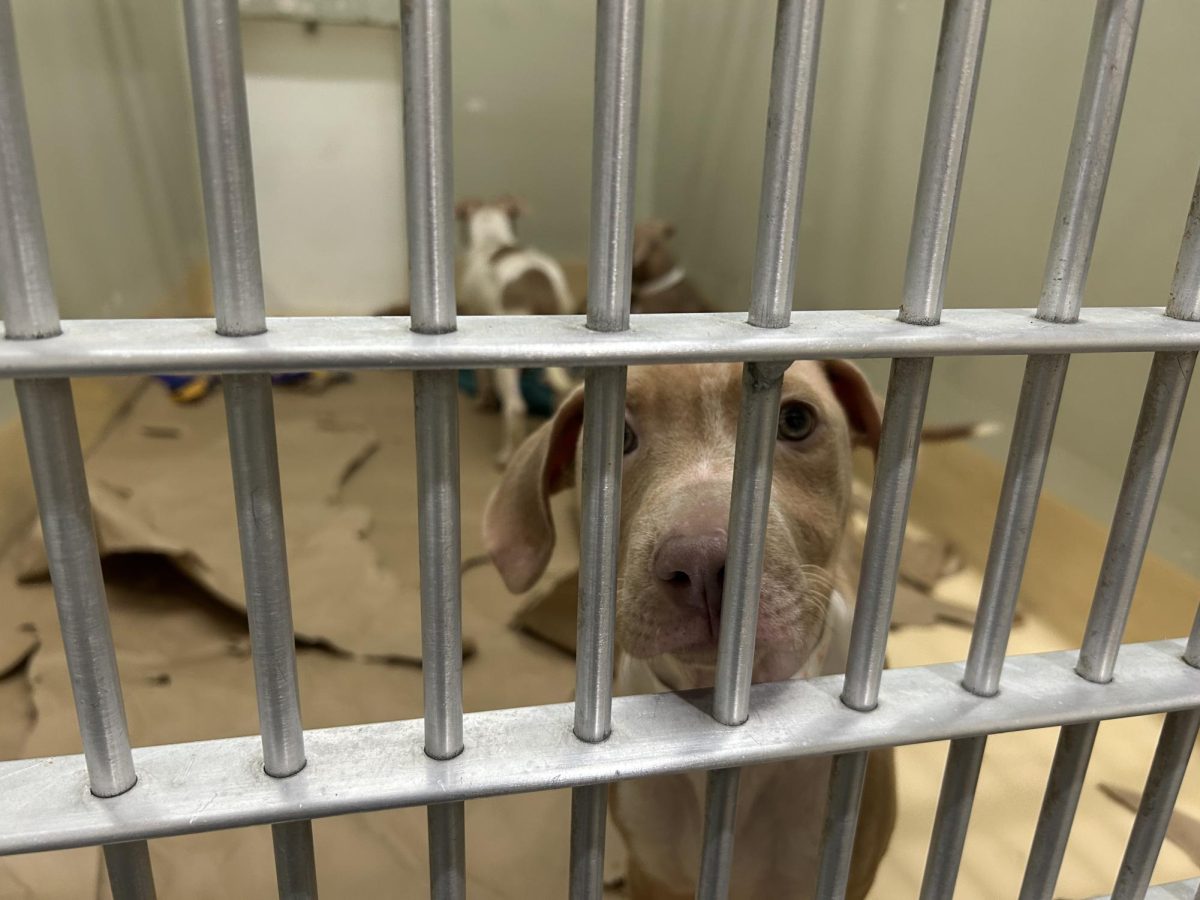





























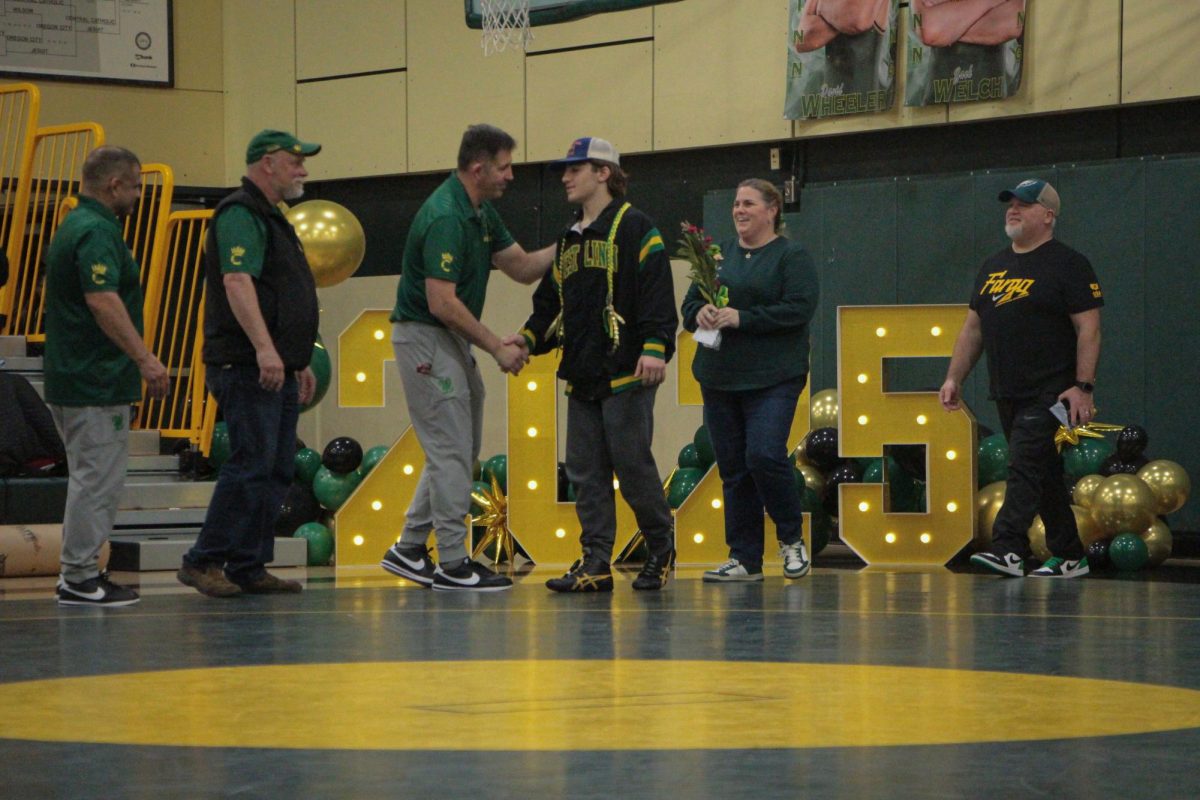




![At the bottom of the third inning, the Lions are still scoreless. Rowe stands at home plate, preparing to bat, while Vandenbrink stands off to the side as the next batter up. Despite having the bases loaded, the team was unable to score any runs. “It’s just the beginning of the season. We’re just going to be playing out best by June, [and] that’s where champions are,” Rowe said.](https://wlhsnow.com/wp-content/uploads/2024/03/IMG_3077-1200x900.jpg)



















































